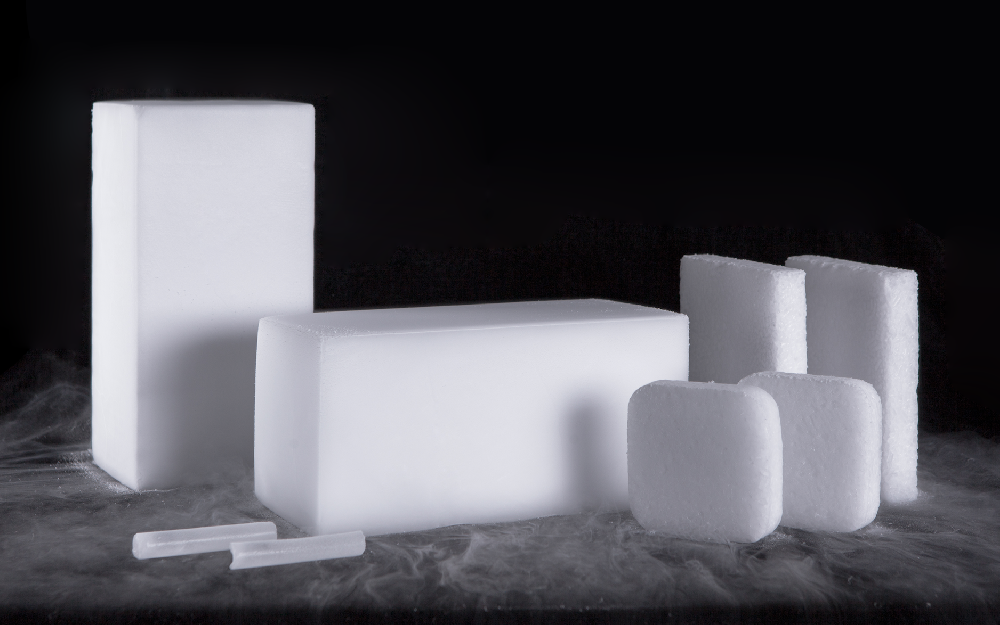Tel:+86 592 6220885
Fax:+86 592 6220886
Add:No. 18 Xinling Road, Houxi Industrial Park, Jimei District, Xiamen, China
Dry ice cleaning machine is a cleaning machine, and dry ice cleaning is developing rapidly around the world. The cleaning system sprays the dry ice particles of the Dry ice cleaning machine to the working surface to be cleaned through high-pressure air, and uses the physical reflection of temperature difference to separate different substances at different shrinkage speeds. When the dry ice particles at -78°C come into contact with the surface of the dirt, it will embrittle and explode, causing the dirt to shrink and loosen, and then the dry ice particles evaporate and expand 800 times in an instant, generating a strong peeling force, quickly and thoroughly peeling off the dirt from the surface of the object, To achieve fast, efficient, safe, energy-saving cleaning effect. The carbon dioxide used in dry ice blasting comes from industrial waste gas and high-altitude air separation. Dry ice blasting itself does not produce carbon dioxide.
Dry ice cleaning machine works similar to steel grit spray, plastic grit spray, soda spray. During dry ice blasting, dry ice particles are accelerated in a high-pressure airflow, ejected through a nozzle, and hit the surface to be cleaned. Dry ice blasting is unique in that the dry ice particles vaporize upon impact. The momentum of the dry ice is lost at the instant of impact. Heat exchange between the dry ice pellets and the clean surface occurs rapidly, causing the solid CO2 (carbon dioxide) to sublimate rapidly into a gas. Dry ice is different from other blasting media. Dry ice particles are characterized by extremely low temperature (-78°C), and will absorb a lot of heat after vaporization. This low temperature effect gives the Dry ice cleaning machine unique thermodynamic properties, which affect the mechanical properties of the attached dirt. Thermal shock occurs because of the large temperature difference between the dry ice pellets and the clean surface. When the temperature of the dirt layer is lowered, the brittleness increases, and then the dry ice particles hit and destroy the dirt layer. The dry ice pellet expands nearly 800 times in volume in a few thousandths of a second, causing a "micro-explosion" at the point of impact that blows away and strips away the layer of dirt. A temperature difference between two different materials with different coefficients of thermal expansion can break the bond between the two materials. For example, when removing non-metallic dirt on metal materials, such a thermal shock phenomenon is very obvious. Due to the volatilization of CO2 (carbon dioxide), no secondary waste will be produced during the dry ice blasting process, leaving only the removed dirt. Even if it directly hits the surface to be cleaned at high speed, the kinetic energy impact of dry ice is smaller than that of sand grains. Because the hardness of dry ice is not large, it evaporates at the moment of impact, so it will not cause damage to the surface to be cleaned. Because there is no wear, the Dry ice cleaning machine can be widely used for cleaning various materials.
